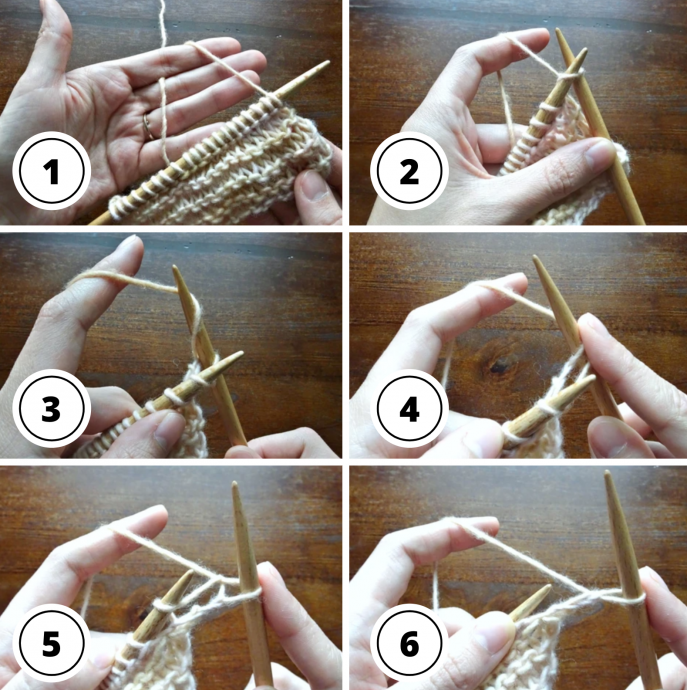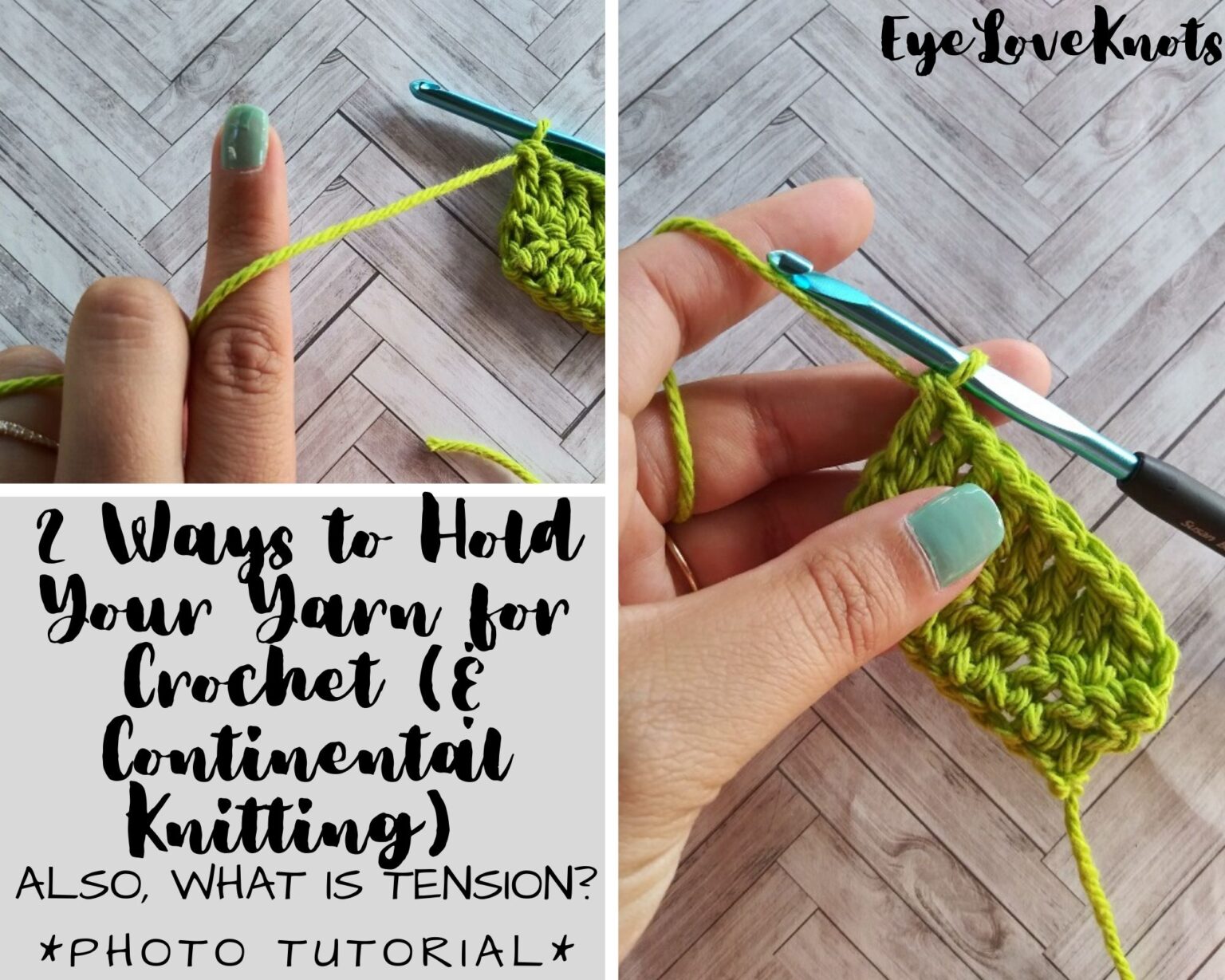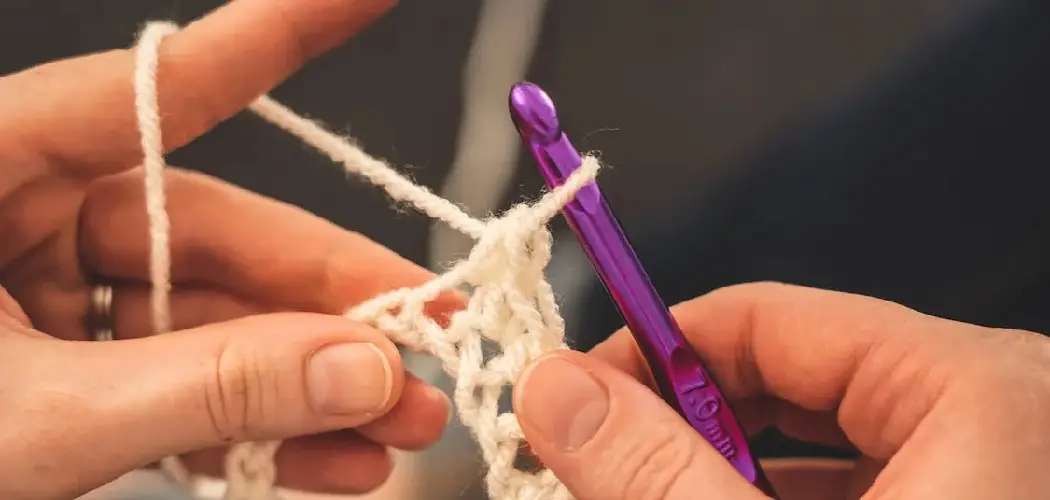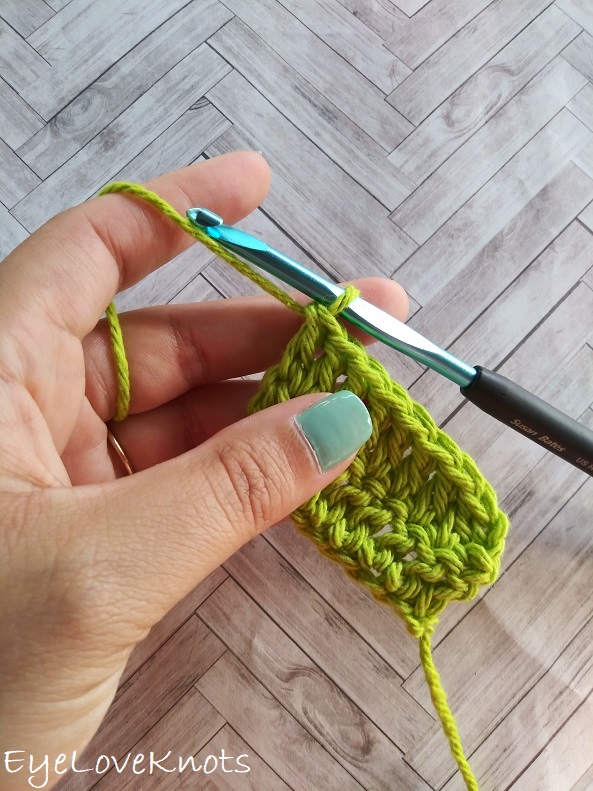How To Hold Yarn Continental Knitting
How To Hold Yarn Continental Knitting - Web learn how to hold yarn for continental knitting in this slow step by step tutorial. Yarn in the left hand. Wind the yarn around your left pinkie and over your left forefinger. Here’s the way you hold yarn as a continental knitter. Pull your middle finger, ring finger and pinky towards your hand closing them around your yarn. The most common way to hold yarn for continental knitting is to keep the yarn in the left hand. Take the yarn under your pinky, and over the next three fingers. The pdf version of the full photo tutorial about this. Web here are 5 ways to hold the yarn for continental knitting: Web how to hold yarn for continental knitting. Web the following notes and the video below show how i hold my yarn to knit continental: Pull your middle finger, ring finger and pinky towards your hand closing them around your yarn. Stay in the loop and be inspired! Lift the right hand (with the yarn tensioned in it) or extend the right index finger to “throw” the yarn. Bring the yarn across from the back. Bring the yarn over your index finger. Holding the yarn in your left hand is called continental style, or picking. Web the following notes and the video below show how i hold my yarn to knit continental: So there's a lot of movement with this hand and moving this yarn. You can also get a good tension for your knitting. I show how to tension yarn for beginners, with three different methods for holding the yarn for. Picking and throwing are two other names that these two knitting styles go by. You don’t need to constantly check whether you’re picking them up from below or above to maintain yarn dominance.. This can take some getting used to as it’s more complex than the english style, but once you get the hang of it, it’s a fast and efficient way to knit. Yarn in the left hand. To knit continental style, you're going to move it over to your left hand. Stick up your index finger with the yarn over that. To do this, simply wrap the yarn around your pinky finger, then around your ring and middle fingers. Yarn in the left hand. Your left forefinger should be close to the tip of the lh needle, and the yarn between the needle and your forefinger should be a bit taut. The pdf version of the full photo tutorial about this.. Web alternative way to hold yarn in continental knitting. Web how to hold yarn for continental knitting. Web insert the right needle into the first stitch that is sitting on the left needle. Here are a few techniques you can. There are many videos showing the continental method to knit and purl, but they don't usually give much attention to. (your middle finger is currently hanging out here, but will be in a different position in the end.) Stay in the loop and be inspired! Now you are ready to knit. The most common way to hold yarn for continental knitting is to keep the yarn in the left hand. This can take some getting used to as it’s more. Here are a few techniques you can. Press the working yarn against your left needle to make sure you have some tension while you knit. To do this, simply wrap the yarn around your pinky finger, then around your ring and middle fingers. Continental is also sometimes called german knitting. Web in the continental method, the working yarn is held. (your middle finger is currently hanging out here, but will be in a different position in the end.) Web in continental knitting, you hold the yarn in your left hand and pick it as you form stitches. This will help to keep tension in the yarn as you knit. You don’t need to constantly check whether you’re picking them up. Web in the continental method, the working yarn is held in the left hand, and the needle is worked with the right hand. Lift the right hand (with the yarn tensioned in it) or extend the right index finger to “throw” the yarn around the tip of the right needle in a counterclockwise direction. Holding the yarn in your left. Web here are 5 ways to hold the yarn for continental knitting: This will help to keep tension in the yarn as you knit. Yarn in the left hand. Web if you're knitting the traditional (english) throw method, you hold your yarn in your wrap it around holding the working in your right hand and you wrap it around. The most common way to hold yarn for continental knitting is to keep the yarn in the left hand. Lift the right hand (with the yarn tensioned in it) or extend the right index finger to “throw” the yarn around the tip of the right needle in a counterclockwise direction. Stay in the loop and be inspired! Bring the yarn across from the back. Start by wrapping the yarn around your left pinky finger. Holding the yarn in your left hand is called continental style, or picking. This method is commonly used for continental knitting. The pdf version of the full photo tutorial about this. Web in the continental method, the working yarn is held in the left hand, and the needle is worked with the right hand. Take the yarn under your pinky, and over the next three fingers. Press the working yarn against your left needle to make sure you have some tension while you knit. Close your left middle + ring + little fingers to hold the yarn and the needle securely.
How to Purl Continental Style (Holding Yarn in Left Hand) YouTube

Knitting Basics How to Hold Yarn and Needles Continental Style

How to Hold Yarn and Adjust Tension in Continental Knitting Step by

How to Hold Yarn and Adjust Tension in Continental Knitting Step by

How to Hold Your Yarn for Crochet (and Continental Knitting) 2 Ways

How to Hold Yarn for Continental Knitting 8 Easy Methods

How to Hold Your Yarn for Crochet (and Continental Knitting) 2 Ways

HOW TO HOLD YOUR YARN FOR LEFT HANDED KNITTERS, CONTINENTAL YouTube

Continental Knitting How to hold your yarn and needles YouTube

How to Hold Yarn for Continental Knitting YouTube
This Method Is Often Referred To As The “English Method” Of Knitting.
(Your Middle Finger Is Currently Hanging Out Here, But Will Be In A Different Position In The End.)
Web The Trick To Continental Knitting Is Keeping The Yarn Slightly Taut.
You Can Also Get A Good Tension For Your Knitting.
Related Post: